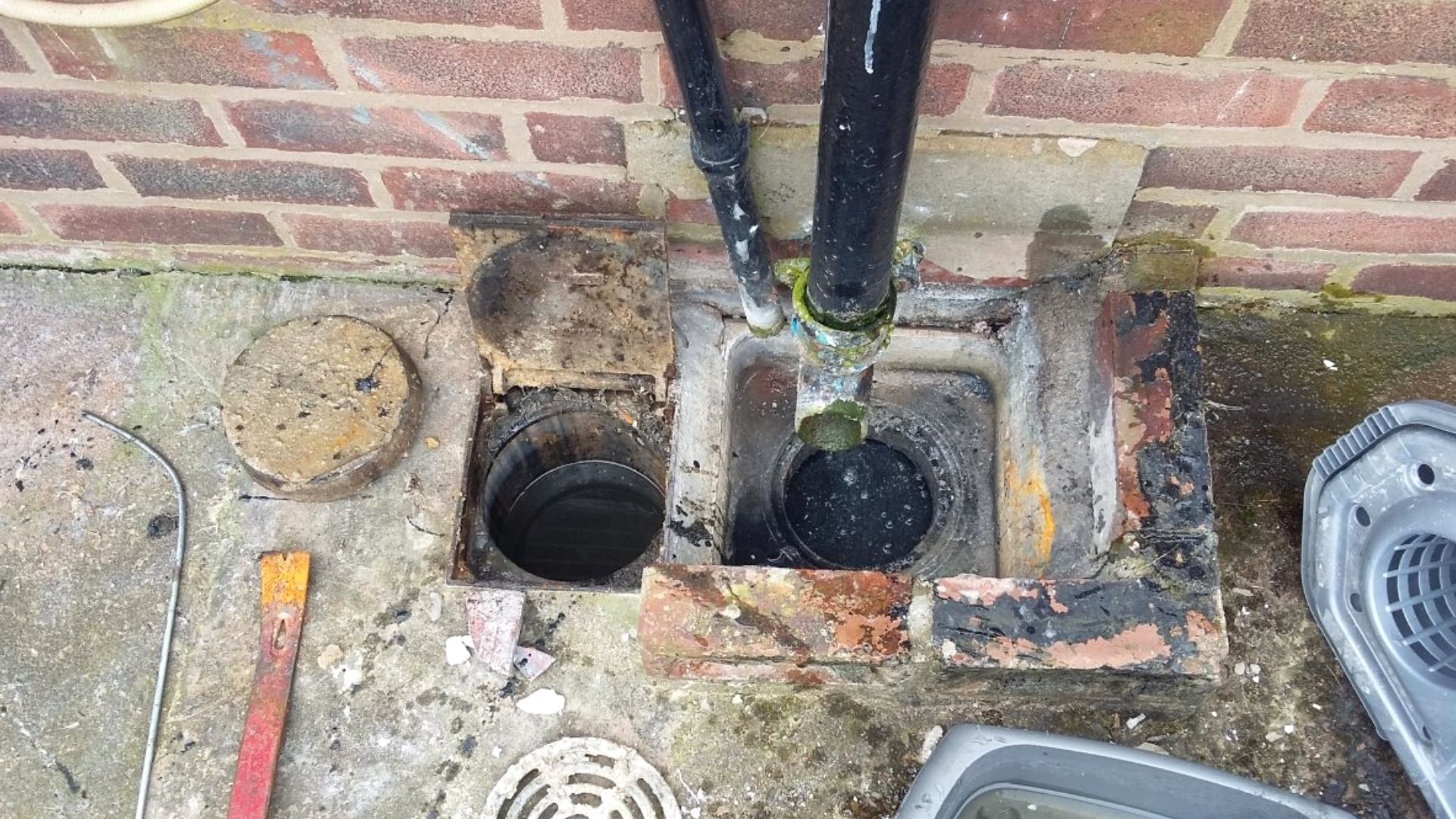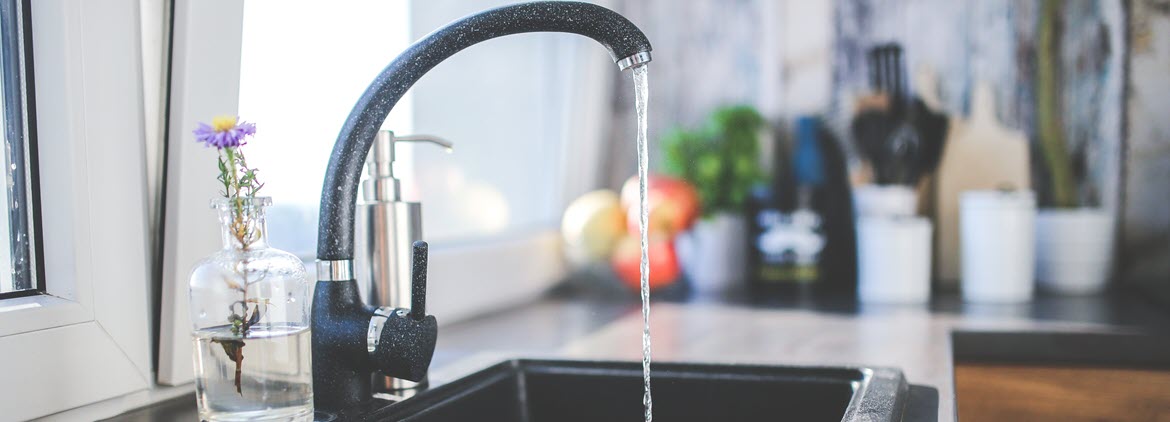Presented here down the page you can get more sound information and facts when it comes to How to handle a clogged drain in your home.

Introduction
Taking care of a blocked drain can be a frustrating experience, disrupting day-to-day tasks and possibly creating damages to your home. Nonetheless, prior to reaching out to plumbing specialists, there are steps you can take to resolve the issue on your own. In this guide, we'll discover DIY remedies and safety nets to take on a blocked drainpipe effectively.
Identifying the Issue
The first step in attending to an obstructed drain is identifying the indications. Slow-moving drainage, gurgling audios, foul odors rising from drains pipes, or water backing up prevail indicators of an obstructed drain. Determining these indicators early can help protect against even more problems.
Usual Reasons For Obstructed Drainpipes
Understanding the elements that add to drain clogs is necessary for efficient resolution. Usual perpetrators consist of hair, soap scum, grease, food debris, and foreign things like sanitary items or paper towels. Tree roots invading underground pipelines can likewise trigger considerable clogs.
DIY Solutions
For minor clogs, several DIY solutions can be reliable. Pouring boiling thin down the drain can help dissolve oil and particles. Baking soda and vinegar or a mix of salt and baking soft drink can serve as natural cleansers. Utilizing a bettor or plumbing snake to remove obstructions is one more option.
Tools and Equipment
Having the right tools on hand can make do it yourself drainpipe cleansing extra efficient. A bettor is a flexible device for removing clogs in sinks, commodes, and showers. A pipes snake or auger can reach much deeper blockages, while drainpipe cleaning chemicals can be utilized carefully for stubborn clogs.
Safety nets
To avoid future blockages, adopting preventive measures is critical. Set up drain guards or filters to capture hair and particles before they get in the pipelines. On a regular basis flush drains with warm water to dissolve grease buildup, and avoid taking care of grease or solid waste down the tubes.
When to Call an Expert
While do it yourself services can solve minor clogs, certain indications suggest the need for expert assistance. Persistent clogs, foul odors in spite of cleansing initiatives, or multiple drains pipes supporting simultaneously are warnings that warrant expert treatment.
Selecting the Right Plumbing Service
When picking a pipes solution, consider elements such as experience, licensing, and consumer evaluations. Pick a reliable plumbing with a performance history of high quality craftsmanship and transparent pricing methods.
Expense Factors to consider
The price of expert drainpipe cleaning services can vary depending on the severity of the blockage and the plumbing technician's prices. Demand quotes from several service providers and inquire about any kind of additional charges to make sure transparency and prevent shocks.
Security Measures
When attempting do it yourself drain cleaning, focus on safety. Use protective gloves and eyewear to prevent contact with harmful chemicals or bacteria. Never mix different drain cleansing products, as this can produce dangerous fumes.
Instance Researches
Real-life examples illustrate the effectiveness of do it yourself solutions and the importance of timely professional treatment in settling drain blockages.
Verdict
By complying with the pointers described in this guide, you can properly take on blocked drains pipes and protect against future plumbing problems. Whether going with do it yourself services or seeking specialist help, timely action is essential to maintaining a healthy pipes system and maintaining the honesty of your home.
How to Clear a Clogged Drain Yourself (And When to Call In the Professionals)
What Can Clog a Drain
Dirt Skin flakes Hair Grease Soap scum Food Offset pipes Tree roots Small objects Mineral buildup DIY Tricks to Unclog a Drain
You can fix this! Once you have identified the source of the clog (or have a vague idea), you can try one or a combination of these fixes in order to clear your plumbing.
Wire Hanger or Snake
Untangle and clear out hair from a drainpipe with a homemade snake. Use a straightened-out wire hanger with a 90-degree angle hook to locate the clog and drag out any unwanted material.
Remember not to push the clog further down to where the wire hanger cannot reach! If you need to follow up with a plunger, give it a try. Your efforts might be more successful after it’s been wire-snaked.
If you want to get fancy and don’t have a wire hanger to spare, head to the store and pick up a hand-operated drain snake. You can get one for $10-$30. It may save you the hassle, and provide additional length to reach deep into the clogged pipe.
Plunger
A cup plunger has a suction cup attached to a wooden handle. The rubber creates a seal around the drain, and increases the pressure force of the plunger.
Plunge for 30-second increments to loosen the clog. This may need to be repeated over the course of 15-20 minutes. Once plunged, run the water to flush the remaining material out of the drain.
Remember– never use a plunger if you have used a chemical drain cleaner. These chemicals can splash up from the force of the plunger and cause serious injury or burns.
Boiling Water
Hot water can sometimes break up materials into a flushable amount. Dirt, grease, and soap buildup requires heat in order to unstick from surfaces.
Take your kitchen kettle and heat your water to a boil. Once it reaches a rolling boil, pour it directly down the drain into the blockage. Carefully follow with plunging, if necessary.
Don’t worry if this takes more than one try! It can often take multiple kettles and repeated plunging in order to clear a particularly stubborn clog.
Chemical Drain Cleaner
As a last resort, pick up a bottle of chemical drain cleaner. Drain-cleaning chemicals are potent, and not very good for the environment.
You may need to wear protective eyewear in gloves before handling your bottle of chemical drain cleaner. Follow the instructions printed on the bottle, and flush with water as soon as the instructions allow. Do not follow with plunging.
Baking Soda and Vinegar
As a safer alternative to chemical drain cleaner, baking soda and vinegar can create a chemical reaction that clears tough clogs.
Combine one cup of cleaning vinegar with one cup of boiling water, and set aside. Once you have done this, pour half a cup of baking soda down the drain. Give the baking thirty seconds to settle and cover a large portion of the problem drain.
Following the baking soda, pour down your vinegar and hot water solution. Once the vinegar and baking soda combine, the mixture will bubble and fix. Let this reaction fizzle in the drain for about an hour.
After an hour, follow with a kettle’s worth of hot water. The heat and liquid should flush out any remaining material.
When to Call a Plumber
If your DIY attempts haven’t cleared your clog drain, it’s time to call in a professional. It’s not worth losing access to your kitchen sink or high-traffic bathroom. A clog in a vital area can keep you from the things you’d rather be doing, and derail your routine.
Anytime a clog is causing water to spread is a time to call in a plumbing service. What starts out as a little bit of water can quickly grow into serious, expensive water damage.
Additionally, a serious clog can result in burst pipes or serious leaks. Make sure you know when to take it seriously!
https://myguysnow.com/how-to-clear-a-clogged-drain-yourself-and-when-to-call-in-the-professionals/

We were made aware of that report about Tips for Dealing with Clogged Drains and Sewer Lines through a pal on our other web address. Sharing is good. Helping others is fun. Many thanks for being here. Please come visit our blog back soon.
Schedule Here